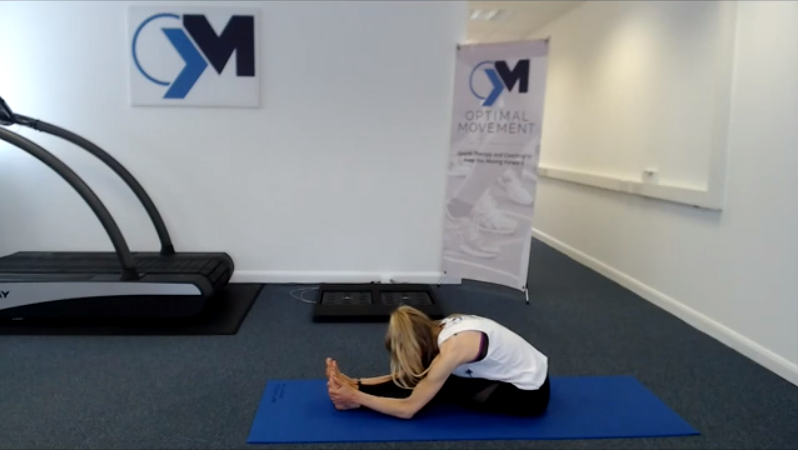For many people stretching (flexibility training) is an important part of their pre and post exercise routine. However, in recent times the effectiveness of it has been questioned. When stretching, we need to consider when and how it should be performed in order to maximise the benefits.
So, the first question we need to ask is ‘Why should we stretch?’
Why Stretch?
When we perform a stretch, we are looking to increase the length of the soft tissue (muscles and tendons) and increase the range of motion of the associated joint. This is thought to result in an increase in eccentric muscle strength or, put simply, a longer and stronger muscle. This is linked to an increased level of force production because the storage capacity of the muscle-tendon unit is larger (for more information about storage capacity please refer to ‘Fascia – The Forgotten System’).
Stretching after training has been done to reduce general muscle and joint soreness, which can help with recovery. There is also evidence to suggest that certain types of pre-exercise stretching may help to reduce soft tissue injuries. It’s also a great way of preparing yourself for exercise, and can be used to detect areas of tension and imbalances throughout the body.
Stretching can form a strong injury prevention strategy when combined with other conditioning exercises such as; strength, balance, and plyometric training.
The relationship between stretching and performance.
When planning a flexibility routine within your training program, we need to consider the effects it will have on performance. A stiffer muscle-tendon unit will allow a more rapid and efficient transfer of force from the muscle to the skeleton. Therefore, we want to maintain some stiffness. This is why it’s important to do the correct types of stretching at the right time. If we do this it will allow us to access a full range of motion, and maintain tendon stiffness for maximal force production. This means more efficient movements and the capacity to generate more power, and more speed over a longer period of time.
We’ve compiled a guide to demonstrate when to stretch, and the type of stretching to do, to keep you injury-free and maximise performance.
A Periodised Stretching Plan?
To make sure we’re doing the optimal type of stretches at the right time, we should form a flexibility plan. This is where we have the option to use periodisation, requiring you to break your training into phases. The phases may be measured in days, weeks, or months, depending on how often you compete.
The goal of the non-competitive phase of periodisation is to maintain a good level of flexibility to help reduce the risk of injury. When it comes to the competition phase of our plan, we want to increase muscle stiffness, so it allows us to peak for our performance.
Here’s an example of how you may implement a stretching training periodisation plan within your training. In this example I’ve used a runner who’s training for a 5k, the first table shows a non-competitive phase and the second shows a competitive phase of their training plan.

Non-Competitive Phase:

Competitive Phase:

Types of Stretching
Yoga Session – This should be designed specifically for your sport, i.e. Yoga For Runners.
Short Stretch – 10-15 minutes of stretching that is tailored to your specific needs, these stretches can be held for up to 30 seconds to help develop soft tissue length.
Active Stretch – This is a type of stretching called ‘Active Isolated Stretching (AIS)’, you only hold the stretch for two seconds, but repeat it 10 to 20 times. This increases the joint range of motion, and avoids over lengthening the muscles which reduces the risk of it impacting performance levels.
Short Dynamic – This can be either AIS or ballistic stretching – which involves faster movements and not holding the stretch, to increase range of motion at the joint, without losing muscle power.
Dynamic + Drills – This is a combination of performing the short dynamic stretching followed by specific movement drills that will help to develop the movement patterns you need for your sport.
If you’re racing on a regular basis you may be better off following a “micro-cycle” periodisation plan. This involves doing developmental stretching routines at the start of the week (whilst recovering from your event), and dynamic stretching in the lead-up to your event.
Stretching Before or After Training?
In an ideal world we would perform stretching before AND after training, however this is not always possible due to time constraints. Therefore we have to ask ourselves: is it better for me to stretch before or after training? To answer this question we have to look at the benefits and potential costs of the two. Our next article will highlight these points and give examples of pre-exercise and post-exercise stretching routines.
All of the therapists at Optimal Movement are highly trained in injury prevention and performance optimisation. If you would like more information on how stretching and flexibility could help improve your performance then please get in touch.
